Fancy adding some homegrown flavour to your kitchen? Garlic is a brilliant crop for UK gardeners, offering a rewarding harvest and plenty of culinary possibilities. Let’s dig into the essentials of growing this pungent favourite.
Getting Started
Garlic is surprisingly easy to grow in the UK. Whether you’ve got a spacious allotment or just a few pots on a balcony, you can cultivate your own garlic with a bit of know-how.
Choosing Your Garlic
There are two main types of garlic: hardneck and softneck. Hardneck varieties tend to be hardier and better suited to colder regions, while softneck types are generally easier to grow and store well. At Grown Local, we offer a range of both types to suit different growing conditions.
When selecting garlic, always opt for certified garlic seeds. These are disease-free and bred for UK conditions, giving you the best chance of success. While it might be tempting to plant supermarket garlic, it’s often treated to prevent sprouting and may carry diseases.
Popular Varieties
At Grown Local, we offer several popular garlic varieties. For softneck types, try Provence Wight, known for its excellent flavour and storage ability. If you prefer hardneck varieties, Carcassonne Wight is a great choice with its purple-streaked bulbs and robust taste.
For those looking for something a bit different, we also stock Elephant garlic. Despite its name, elephant garlic is actually more closely related to leeks than true garlic. It produces massive bulbs with a milder, sweeter flavour than regular garlic. It’s perfect for roasting or using raw in salads.
Planting Time
In the UK, autumn is the prime time for planting garlic. You can plant from October to December, but earlier is generally better. Planting in October or November gives the plants ample time to establish strong roots before the frost sets in. However, don’t worry if you’re a bit late – garlic is quite forgiving. If you missed the autumn window entirely, you can still plant in early spring, though your harvest might be a bit smaller.
The Role of Frost
Frost plays an interesting role in garlic growth. The cold temperatures actually help to split the planted clove into separate cloves, forming the familiar bulb structure we know and love. This process, known as vernalization, is crucial for many garlic varieties.
However, if you live in an area with mild winters or plant later in the season, don’t fret if your garlic bulb doesn’t split into multiple cloves. Even unsplit garlic bulbs are perfectly usable and often have a delightful, intense flavour. They’re great for roasting whole or using in dishes where you’d typically use multiple cloves.
Getting Your Hands Dirty
Garlic loves well-drained soil in a sunny spot. If you’re working with heavy clay, consider raised beds or pots. Speaking of pots, they’re a great option for garlic, especially if you’re short on space.
To plant, break the bulb into individual cloves and plant them pointy end up, about 5cm deep and 15cm apart. Water them in well, and then let nature do its work.
The Growing Process
Garlic is a patient plant’s game. From planting to harvest, it typically takes around 8-9 months. You’ll see green shoots appear fairly quickly, but the real magic happens underground.
Throughout the growing season, keep the soil moist but not waterlogged. In late spring, hardneck varieties will produce curly flower stalks called scapes – these are a delicious bonus crop!
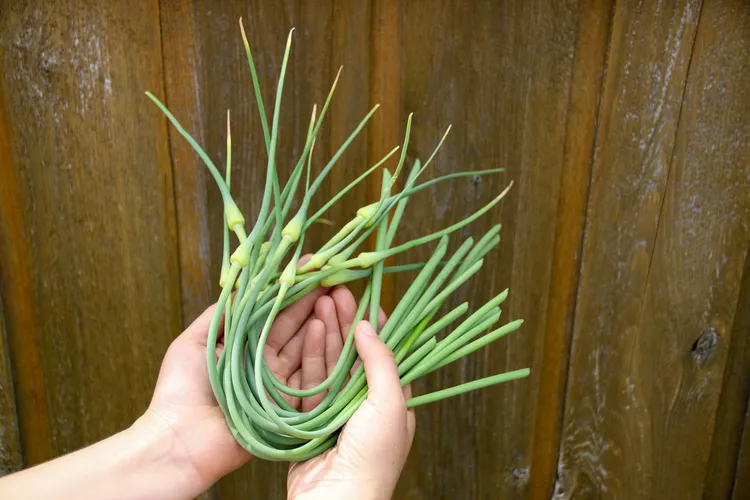
Watch Out for Garlic Diseases
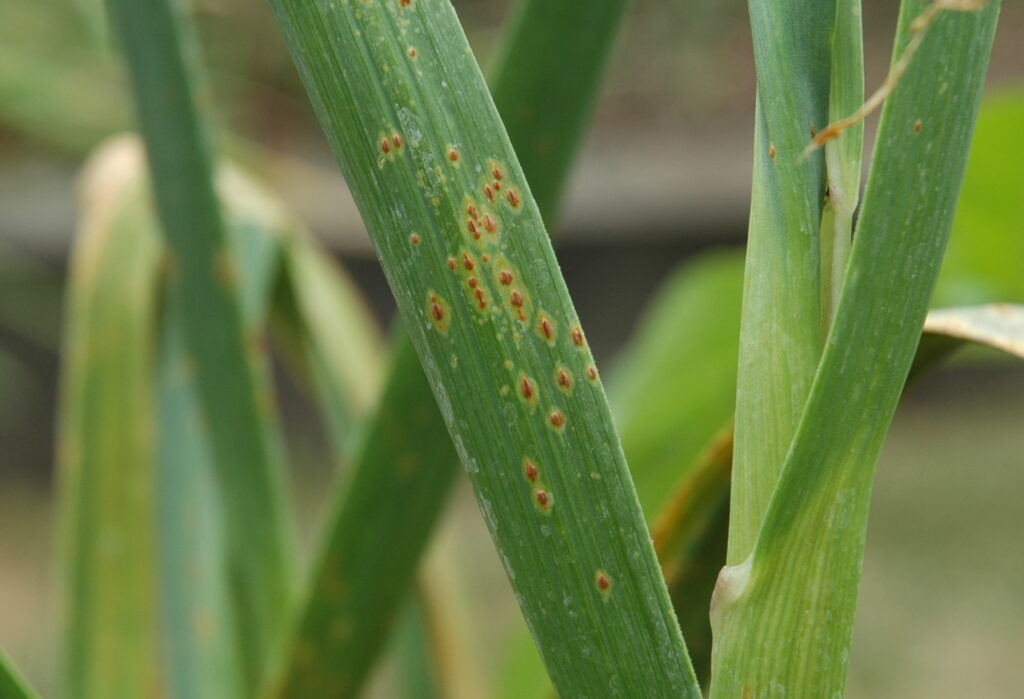

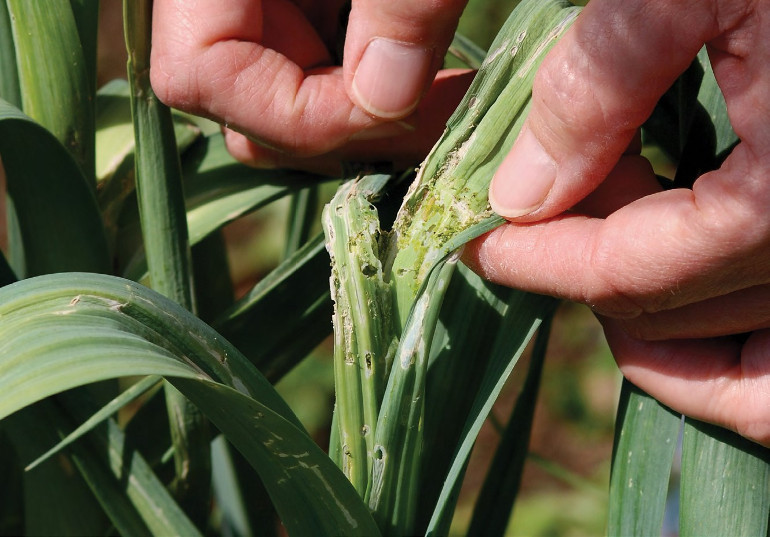
Like any crop, garlic can fall victim to certain diseases. One of the most common in the UK is rust, a fungal infection that appears as orange spots on the leaves. If you spot rust, remove affected leaves promptly to prevent spread. Other issues to watch for include white rot, which causes yellowing leaves and rotting bulbs, and leek moth, whose caterpillars can damage leaves and bulbs. Good garden hygiene, crop rotation, and proper spacing can help prevent many of these problems. If you’re concerned about disease, look for resistant varieties when selecting your garlic seeds.
Harvesting Your Garlic
Come summer, when the leaves start to yellow and wilt, it’s harvest time. Gently lift the bulbs, shake off excess soil, and let them cure in a dry, airy spot for a couple of weeks.
A Note on “Garlic Seeds”
Here’s a bit of garlic trivia: what we call “garlic seeds” are actually cloves. True garlic seeds are rare and tricky to grow from. So when you’re buying garlic for planting, you’re really after good quality bulbs to separate into cloves.
Final Thoughts
Growing garlic is a satisfying endeavour for any UK gardener. It’s relatively low-maintenance, pest-resistant, and yields a crop that’s leagues ahead of anything you’ll find in the shops.
At Grown Local, we’re excited to offer a variety of garlic seeds (well, bulbs!) for autumn planting. Our range, is available to pre-order now including the unique elephant garlic, for delivery from October, just in time for the ideal planting window. Whether you’re a seasoned garlic grower or a curious beginner, we’ve got the perfect variety for you.
So why not give it a go? There’s nothing quite like the satisfaction of adding your own home-grown garlic to a dish. Happy planting!

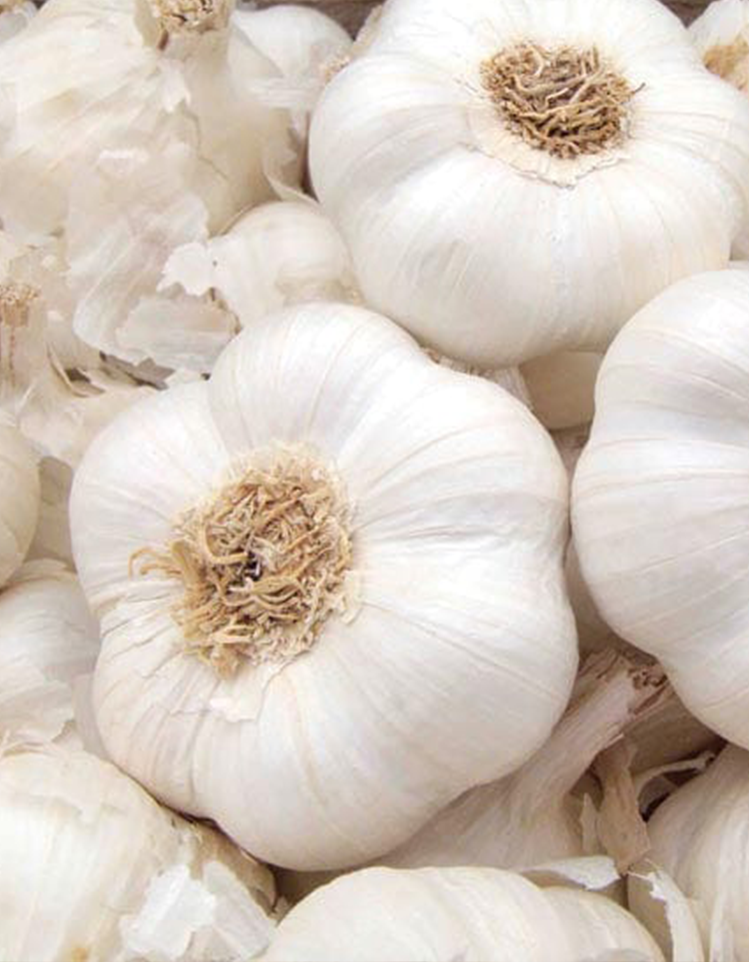
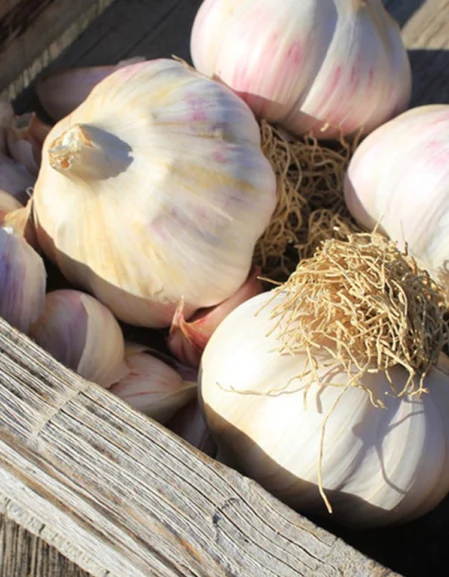
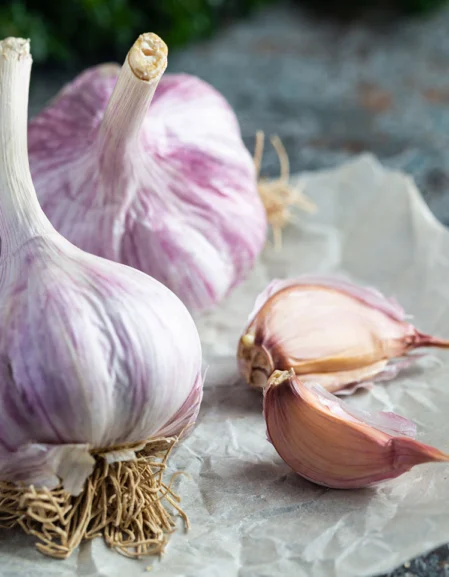
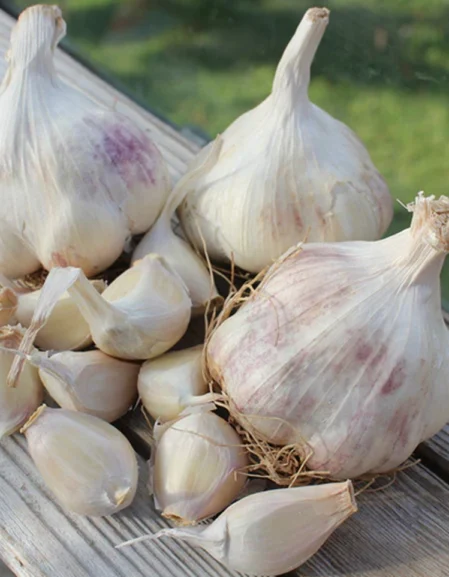
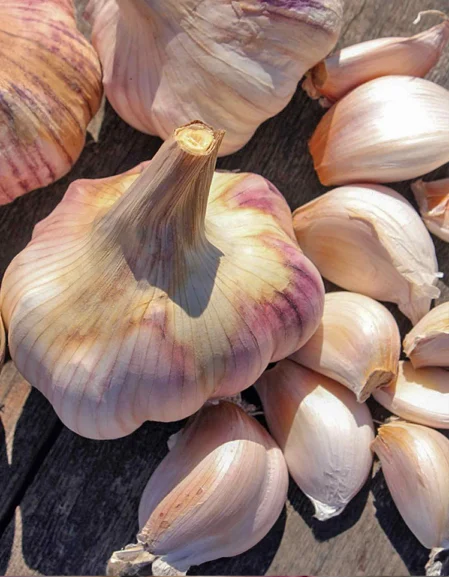
Hi
Are the cloves supplied by The Garlic Farm (IOW)?
It sure is 🙂